Cultural Appropriation in Wellness Spaces?
Image of a sage stick being lit over a flame
Many therapists and wellness practitioners enjoy displaying spiritual objects in their offices. They often utilize practices, language, and objects originating from sacred indigenous rituals repackaged in the form of new age spirituality or non-secular mindfulness practices. However, is this a culturally appreciative practice? The answer isn’t always so clear.
What Cultural Appropriation is:
The unacknowledged or inappropriate adoption of the customs, practices, ideas, etc. of one people or society by members of another and typically more dominant people or society. (Oxford Languages).
Power is an important factor in parsing out appropriative and appreciative practices. For example, in white wellness spaces (therapy offices, yoga studios) it’s common to see sage sticks, mandala imagery, and statues of Buddha or Shiva used as decor. These sacred symbols of spiritual rites and worship are often forgotten in the conversations on culturally-humble and inclusive therapy practices. Reflecting on the history and legacy of colonialism experienced by First Nations people and Asian Buddhist communities invites therapists to be more sensitive to spiritual paraphernalia. White “de-colonial” therapists have the responsibility to be intentional in the use of sacred objects and images in order to more deeply align with their values for cultural sensitivity.
Questions for Therapist Self-Reflection:
(1) What is a spiritual object and where do my beliefs about them come from?
(2) Are these objects consistent with my personal spiritual identity or ancestral histories?
(3) Am I honoring or harming the communities that these objects originate from?
Ways for therapists to address culturally appropriative spiritual paraphernalia in therapy spaces:
(1) Simply replacing these objects with neutral or personally relevant objects (for example, using candles instead of sage).
(2) Honoring the cultural heritage surrounding these objects through client education.
(3) Purchasing these objects from businesses that directly benefit their spiritual and cultural communities of origin.
These are simply some first steps. Ongoing self-reflection and education helps therapists become more spiritually-sensitive in the spaces they occupy and have the potential to transform for the better.
Learn more at: https://nativegov.org/resources/cultural-appropriation-guide/

